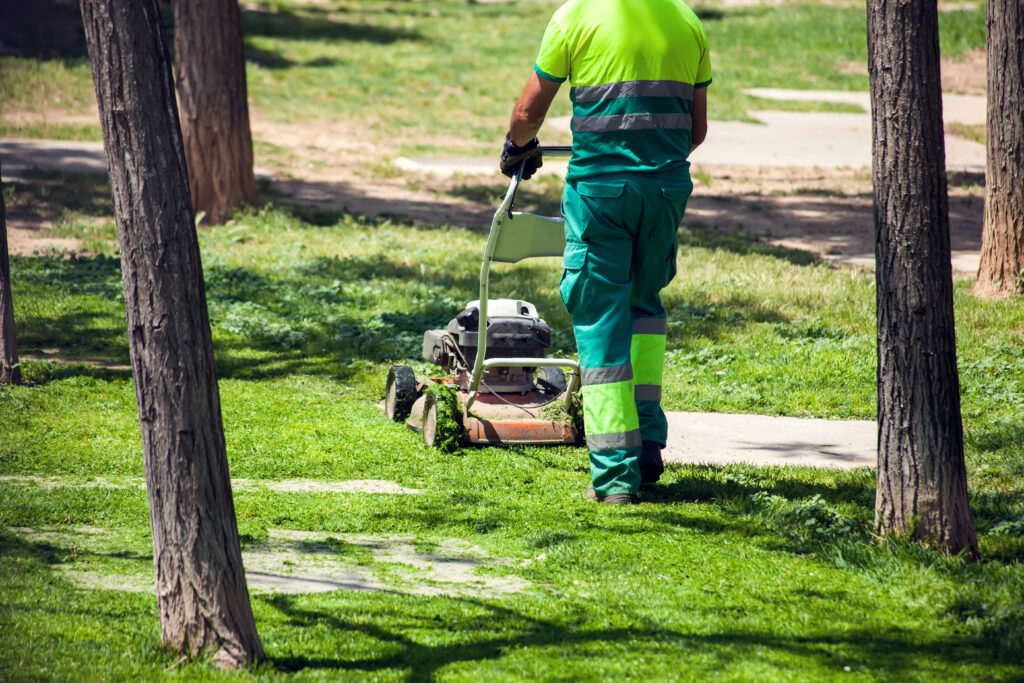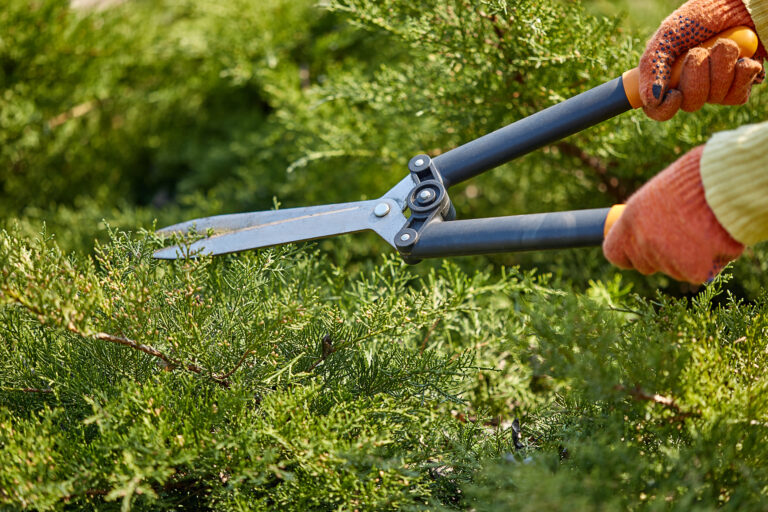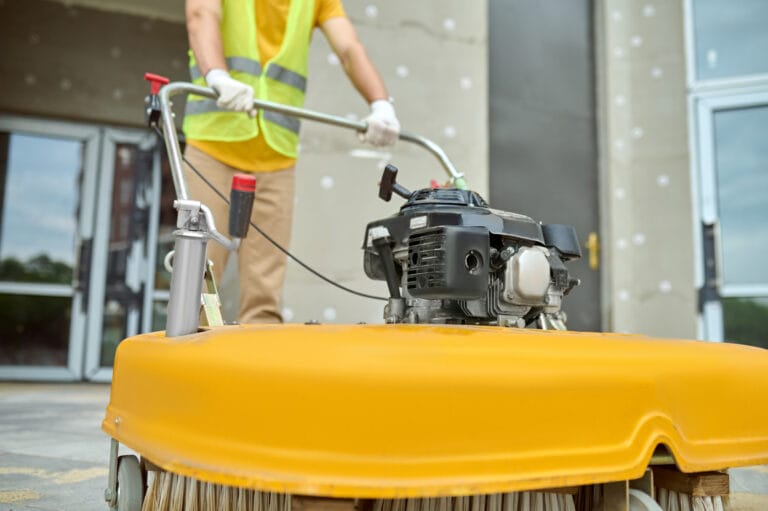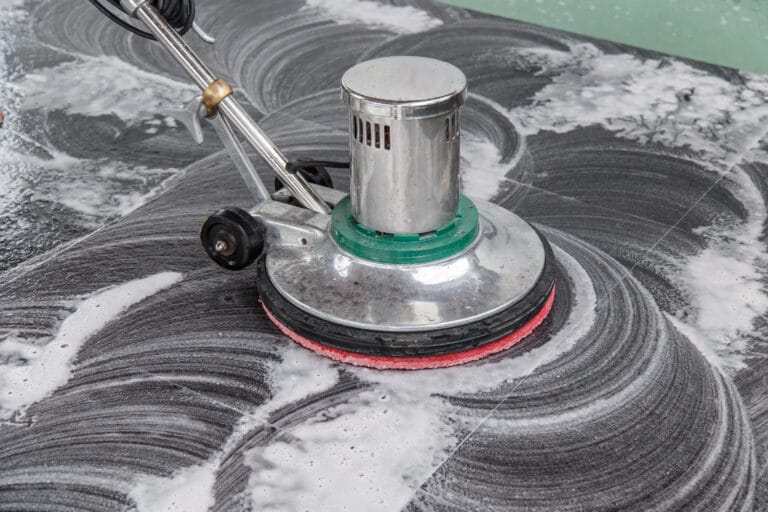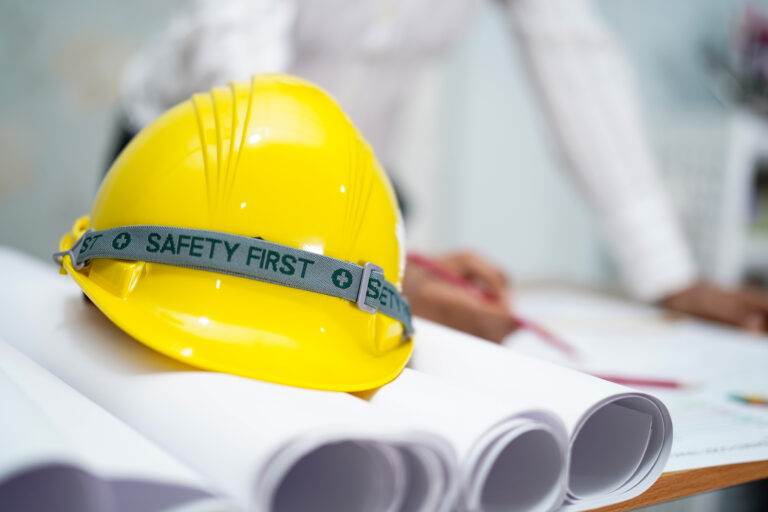Sloped terrains present unique challenges and risks that require careful consideration, especially in the context of maintenance and landscaping. The inclination of the land can lead to various hazards, including slips, trips, and falls, which are among the most common accidents in such environments. The risk is exacerbated when the ground is wet or unstable, making it crucial for workers to be aware of their surroundings and the specific conditions of the slope they are working on.
Additionally, sloped areas can be prone to erosion, which not only affects the integrity of the landscape but also poses safety risks to those working nearby. Understanding these risks is essential for any organization operating in Northern California, where diverse topography can vary significantly from one location to another. The potential for landslides or soil movement in certain areas can further complicate matters.
Therefore, a thorough understanding of the terrain is vital for ensuring safety and efficiency in operations. Workers must be trained to recognize these hazards and take appropriate precautions to mitigate them, ensuring a safer working environment.
Key Takeaways
- Sloped terrains pose risks such as slips, falls, and erosion
- Proper planning and assessment are crucial for safe work on sloped terrains
- Choosing the right equipment and tools can improve safety and efficiency
- Establishing safe work practices is essential for preventing accidents
- Implementing erosion control measures is important for maintaining the stability of sloped terrains
Proper Planning and Assessment
Effective planning and assessment are foundational steps in managing sloped terrains safely. Before any work begins, it is essential to conduct a comprehensive evaluation of the site. This includes identifying the slope’s gradient, soil type, and any existing vegetation that may impact stability.
A detailed assessment allows for the identification of potential hazards and the development of strategies to address them. This proactive approach not only enhances safety but also improves the overall effectiveness of maintenance efforts. In Northern California, where environmental conditions can change rapidly, ongoing assessment is equally important.
Regular monitoring of the site can help identify new risks that may arise due to weather changes or other factors. By incorporating a systematic approach to planning and assessment, organizations can ensure that they are prepared for any challenges that may arise while working on sloped terrains.
Choosing the Right Equipment and Tools
Selecting appropriate equipment and tools is critical when working on sloped terrains. The right tools can significantly reduce the risk of accidents and improve efficiency. For instance, using lightweight equipment can help workers maintain better control on inclines, while specialized tools designed for steep slopes can enhance safety and effectiveness.
It is essential to evaluate the specific needs of each project and choose equipment that aligns with those requirements. In addition to selecting the right tools, organizations must also ensure that all equipment is well-maintained and regularly inspected. Faulty or outdated equipment can lead to accidents and injuries, particularly in challenging environments like sloped terrains.
By prioritizing equipment selection and maintenance, organizations can create a safer working environment for their employees while also enhancing productivity.
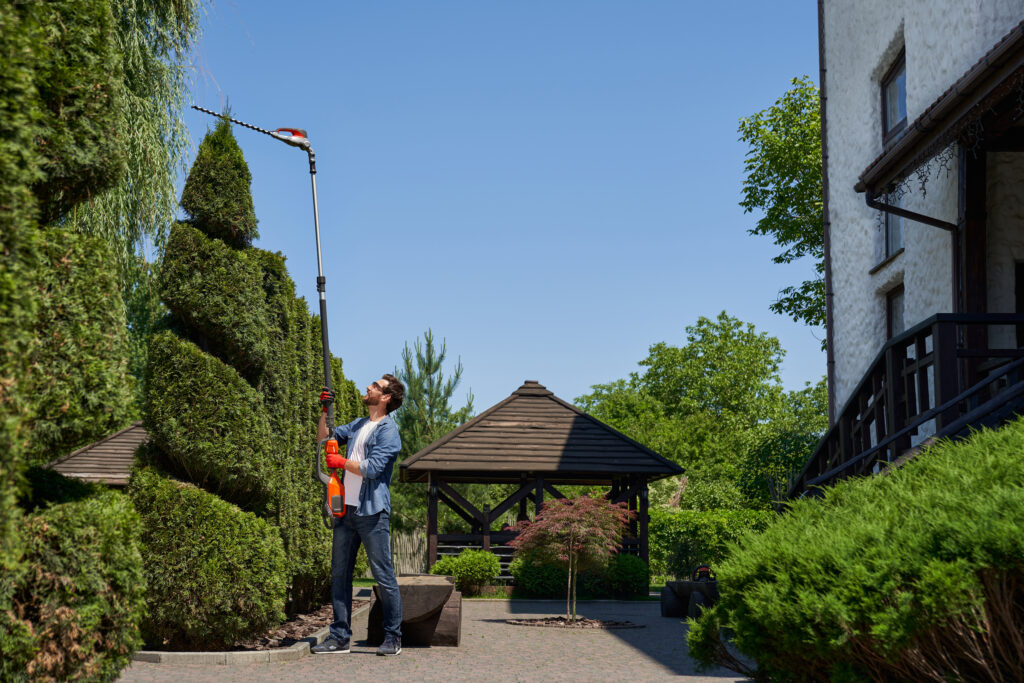
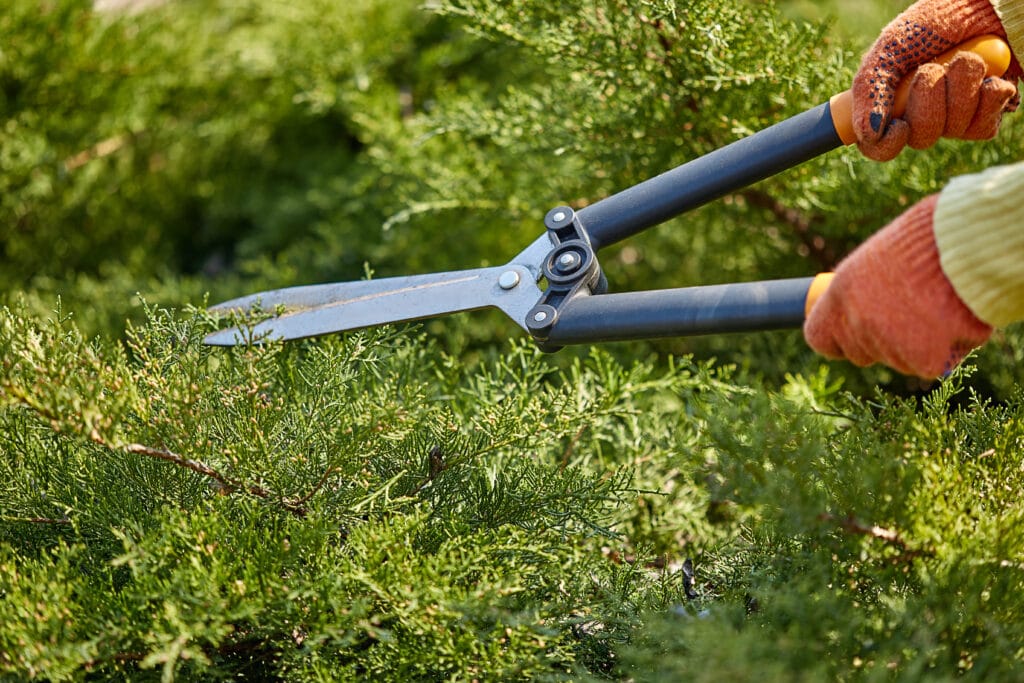
Establishing Safe Work Practices
Establishing safe work practices is paramount when operating in sloped terrains. This involves creating clear guidelines for employees to follow, which should include protocols for navigating slopes safely and handling equipment properly. Training sessions should be conducted regularly to reinforce these practices and ensure that all employees are aware of the potential risks associated with their work environment.
Moreover, implementing a buddy system can enhance safety on sloped terrains. By pairing workers together, they can look out for one another and provide assistance if needed. This collaborative approach not only fosters a culture of safety but also encourages communication among team members, which is vital in high-risk environments.
By prioritizing safe work practices, organizations can significantly reduce the likelihood of accidents and injuries.
Implementing Erosion Control Measures
Erosion control measures are essential when working on sloped terrains, as they help maintain soil stability and prevent further degradation of the landscape. Various techniques can be employed, such as planting ground cover plants that help anchor the soil or installing erosion control blankets that provide immediate protection against runoff. These measures not only enhance safety but also contribute to the overall health of the ecosystem.
In Northern California, where rainfall can lead to significant erosion issues, implementing effective erosion control strategies is particularly important. Organizations should consider local environmental conditions when selecting appropriate measures. By taking a proactive approach to erosion control, companies can protect their work sites while also promoting sustainable practices that benefit the surrounding environment.
Utilizing Proper Footwear and Personal Protective Equipment
Proper footwear and personal protective equipment (PPE) are critical components of safety when working on sloped terrains. Employees should be equipped with footwear that provides adequate traction and support to prevent slips and falls. Additionally, PPE such as helmets, gloves, and eye protection should be mandatory to safeguard against potential hazards associated with working in these environments.
Organizations must prioritize training employees on the importance of wearing appropriate PPE at all times. This includes educating them about the specific risks associated with sloped terrains and how proper gear can mitigate those risks. By fostering a culture of safety that emphasizes the use of proper footwear and PPE, organizations can significantly reduce the likelihood of accidents and injuries among their workforce.

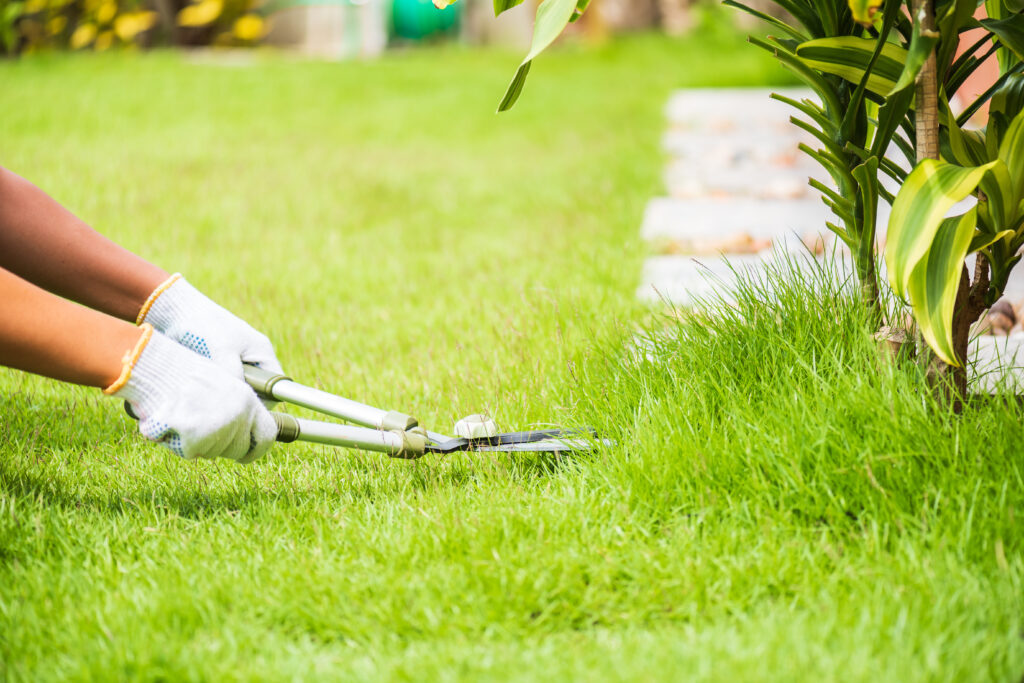
Communicating and Training Employees
Effective communication and training are vital components of maintaining safety in sloped terrains. Organizations should establish clear channels for communication regarding safety protocols, potential hazards, and any changes in work procedures. Regular safety meetings can help reinforce these messages and provide an opportunity for employees to voice concerns or ask questions.
Training programs should be tailored to address the specific challenges associated with sloped terrains. This includes hands-on training that allows employees to practice navigating slopes safely and using equipment effectively. By investing in comprehensive training programs, organizations can empower their workforce with the knowledge and skills necessary to operate safely in challenging environments.
Creating Clear Pathways and Access Points
Creating clear pathways and access points is essential for ensuring safe movement on sloped terrains. Well-defined paths reduce the risk of accidents by guiding workers along safe routes while minimizing exposure to hazardous areas. Organizations should assess their work sites to identify optimal pathways that consider both safety and efficiency.
In addition to creating clear pathways, it is important to ensure that access points are easily identifiable and well-maintained. This includes regular inspections to address any potential hazards such as loose debris or unstable ground. By prioritizing clear pathways and access points, organizations can enhance safety while improving overall workflow on sloped terrains.
Utilizing Proper Techniques for Planting and Maintenance
When it comes to planting and maintenance on sloped terrains, utilizing proper techniques is crucial for both safety and effectiveness. Techniques such as terracing or contour planting can help stabilize soil while promoting healthy plant growth. These methods not only enhance the aesthetic appeal of the landscape but also contribute to erosion control efforts.
Training employees on these techniques is essential for ensuring successful outcomes in planting and maintenance tasks. By providing hands-on training that emphasizes proper methods, organizations can empower their workforce to work efficiently while minimizing risks associated with sloped terrains.
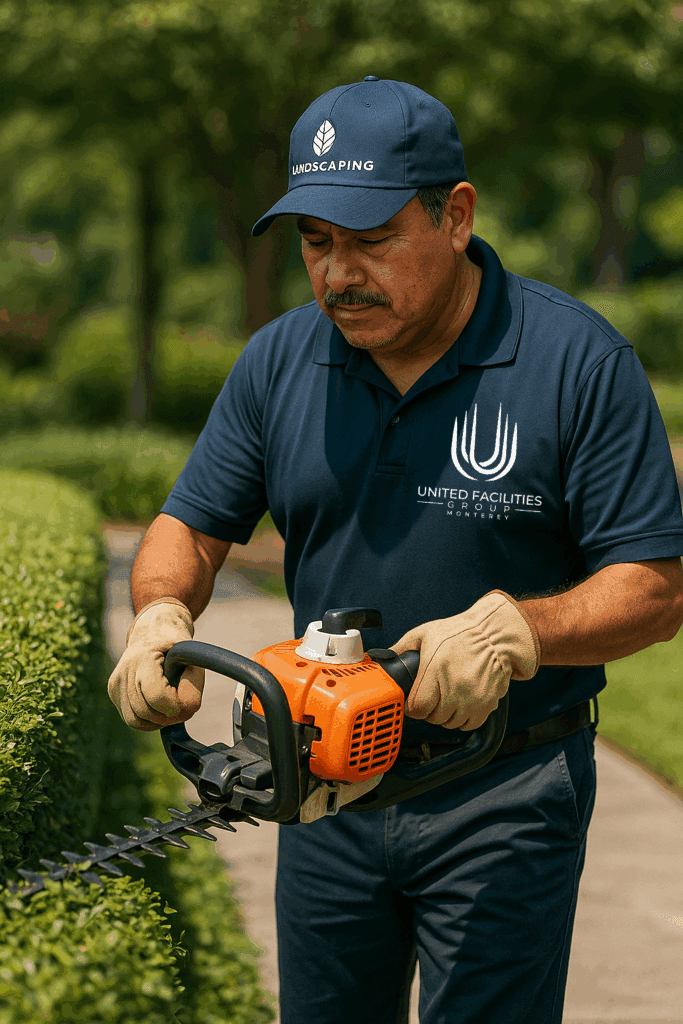
Monitoring Weather Conditions and Adjusting Work Schedule
Monitoring weather conditions is a critical aspect of maintaining safety when working on sloped terrains. Changes in weather can significantly impact soil stability and increase the risk of accidents. Organizations should establish protocols for regularly checking weather forecasts and adjusting work schedules accordingly to avoid working during adverse conditions.
In Northern California, where weather patterns can vary widely, being proactive about monitoring conditions is especially important. By staying informed about potential weather-related risks, organizations can make informed decisions about when it is safe to work on sloped terrains, ultimately protecting their employees from unnecessary hazards.
Seeking Professional Help When Necessary
In some cases, seeking professional help may be necessary when dealing with complex issues related to sloped terrains. Experts in landscaping or erosion control can provide valuable insights into best practices for maintaining safety while achieving desired outcomes. Organizations should not hesitate to consult with professionals who have experience in managing sloped environments effectively.
By leveraging external expertise, organizations can enhance their understanding of potential risks and develop more effective strategies for operating safely on sloped terrains. This collaborative approach not only improves safety but also contributes to more successful project outcomes in Northern California’s diverse landscapes.
FAQs
What are some common safety hazards when landscaping on sloped terrains?
Some common safety hazards when landscaping on sloped terrains include the risk of slips, trips, and falls, as well as the potential for soil erosion and unstable ground conditions.
What are some safety protocols to follow when landscaping on sloped terrains?
Some safety protocols to follow when landscaping on sloped terrains include wearing appropriate footwear with good traction, using proper tools and equipment, and being mindful of the potential for falling objects.
How can workers protect themselves from potential hazards when landscaping on sloped terrains?
Workers can protect themselves from potential hazards when landscaping on sloped terrains by staying aware of their surroundings, using proper lifting techniques, and wearing personal protective equipment such as gloves and eye protection.
What are some best practices for preventing accidents and injuries when landscaping on sloped terrains?
Some best practices for preventing accidents and injuries when landscaping on sloped terrains include conducting a thorough site assessment, implementing proper drainage and erosion control measures, and establishing clear communication and emergency protocols.
